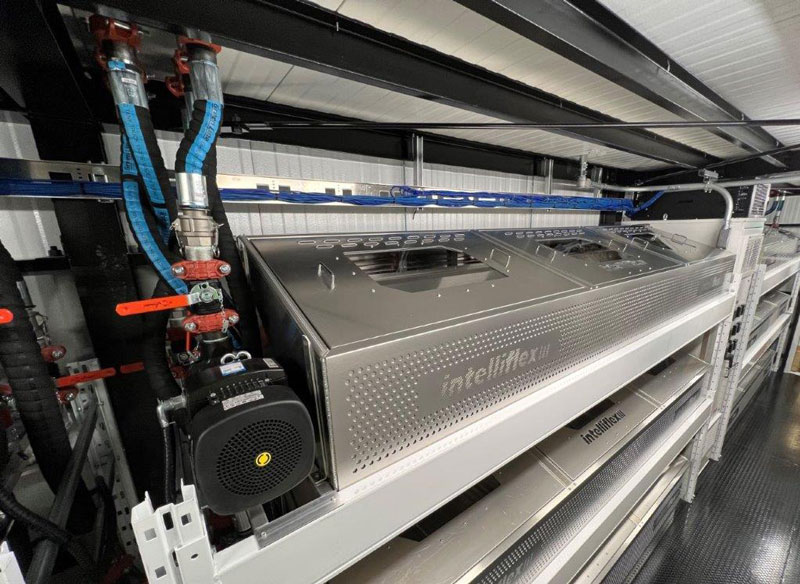In the ever-evolving landscape of cryptocurrency, the term “ASIC miners” has become synonymous with efficiency, power, and innovation. These specialized mining devices have played a pivotal role in the growth and sustainability of cryptocurrencies like Bitcoin. In this article, we dive deep into the world of ASIC miners, exploring what they are, how they work, and their impact on the crypto industry.
Understanding ASIC Miners
ASIC stands for “Application-Specific Integrated Circuit.” These are custom-designed microchips created for a specific purpose, which, in the case of ASIC miners, is cryptocurrency mining. Unlike general-purpose computer hardware, ASIC miners are tailored to perform the highly specialized and intensive calculations required for cryptocurrency mining with unparalleled speed and efficiency.
How ASIC Miners Work
1. Mining Algorithms:
Each cryptocurrency operates on a specific mining algorithm. Bitcoin, for example, uses the SHA-256 algorithm. ASIC miners are engineered to excel at solving the mathematical puzzles associated with these algorithms, making them exceptionally proficient in mining that particular cryptocurrency.
2. Efficiency:
ASIC miners are lauded for their energy efficiency and computational prowess. These devices are meticulously engineered to maximize hash rates while minimizing power consumption. This efficiency not only increases mining profitability but also reduces the environmental impact of mining operations.
3. Customization:
ASIC miners are purpose-built, which means they are optimized for a single mining algorithm. This specialization allows them to outperform general-purpose hardware, such as CPUs or GPUs, by orders of magnitude when it comes to mining specific cryptocurrencies.
4. Speed:
ASIC miners are known for their incredible speed. They can process and verify transactions at a blistering pace, ensuring the smooth operation of a blockchain network.
Impact on Cryptocurrency
ASIC miners have had a profound impact on the cryptocurrency industry:
1. Increased Mining Power:
The introduction of ASIC miners significantly increased the computational power dedicated to cryptocurrency mining. This has made networks more secure and resistant to attacks.
2. Mining Centralization:
The efficiency and power of ASIC miners have led to concerns about mining centralization. Large mining farms equipped with ASIC miners can dominate mining pools, potentially concentrating control over a blockchain network.
3. Hash Rate Growth:
The widespread adoption of ASIC miners has resulted in a substantial increase in the hash rate of many cryptocurrencies, indicating the overall strength and security of their respective networks.
The Evolution of ASIC Miners
ASIC miners have come a long way since their inception. Manufacturers continuously innovate to create more powerful and efficient models. Some recent trends in ASIC miner development include:
1. Smaller Form Factors:
Manufacturers are designing smaller and more compact ASIC miners to accommodate the needs of individual miners and smaller mining operations.
2. Enhanced Efficiency:
ASIC miners are becoming increasingly energy-efficient, reducing the carbon footprint associated with cryptocurrency mining.
3. ASIC-Resistant Coins:
Some cryptocurrencies are actively working to become resistant to ASIC miners, aiming to decentralize mining and make it more accessible to a broader range of participants.
ASIC miners have played a pivotal role in the cryptocurrency revolution, enabling the efficient and secure operation of blockchain networks. Their speed, efficiency, and specialization have made them indispensable tools for cryptocurrency miners worldwide. As the industry continues to evolve, ASIC miners will likely remain at the forefront, driving innovation and shaping the future of digital currencies.

